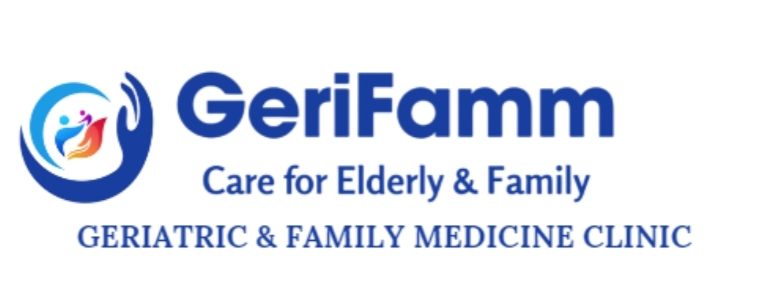Meningitis is a serious condition that demands immediate attention. It is crucial to understand the complexities of this illness, as early detection and treatment can significantly reduce its impact. What makes meningitis particularly alarming is its potential to rapidly affect the brain. This can lead to severe complications or even be life-threatening if not promptly managed. This blog aims to shed light on what meningitis is, its types, symptoms, and how one can safeguard themselves against it. Enhancing your awareness could be a decisive step toward ensuring safety and health.
What is Meningitis and Its Types?
So, what exactly is meningitis? In simple terms, it is an inflammation of the protective membranes covering the brain and spinal cord, known as the meninges. This inflammation is usually due to an infection. The gravity of this condition stems from its ability to quickly escalate into an emergency situation.
Understanding the types of meningitis is essential:
- Bacterial Meningitis: This is the most severe type. Causes include various bacteria, and it can be life-threatening or lead to serious complications. Quick medical treatment is vital.
- Viral Meningitis: This type, often less severe, can still be alarming. While it usually resolves on its own, staying vigilant to symptoms is wise.
- Fungal Meningitis: Less common, but poses risks, especially to those with weakened immune systems.
- Parasitic Meningitis: Rare and often linked to specific environmental factors.
- Non-infectious Meningitis: This arises from non-infectious causes like certain diseases or injuries.
Meningitis spreads easily, especially through coughing or sneezing. It can also pass through direct contact or shared utensils. Factors like young age, living in communal settings (e.g., dorms), and immune system weaknesses are known risk enhancers.
Those at high risk typically include:
- Infants, as they have developing immune systems.
- Communities in crowded environments.
- Individuals with compromised immunity due to conditions like HIV.
Recognizing and Responding to Meningitis Symptoms
Noting meningitis symptoms early can make a big difference in outcomes:
- High fever
- Severe headache
- Stiff neck
- Light sensitivity
Besides these classic signs, nausea, vomiting, or a rash might appear. Identifying these early symptoms can prompt necessary medical attention.
Knowing when to seek immediate care is crucial. If a person shows meningitis symptoms like high fever, stiff neck, and confusion, get medical help quickly. In emergencies, faster treatment can prevent severe meningitis complications or even death.
Once at a health facility, medical professionals will conduct tests to confirm meningitis diagnosis. Typical tests include a spinal tap, blood cultures, or imaging like CT scans. For severe cases like bacterial meningitis, hospital treatment often involves antibiotics and supportive care.
Preventing and Living with Meningitis
Ensuring proper meningitis prevention helps in avoiding the complications of this disease. Vaccinations are pivotal in prevention, especially for those at higher risk. Getting vaccinated reduces the chance of infections that lead to bacterial meningitis.
Protect yourself by practicing good hygiene:
- Wash hands regularly.
- Avoid close contact with people who are sick.
Even with quick treatment, meningitis complications like hearing loss or learning difficulties might occur. Recuperation can take time, involving therapies or medical follow-ups to ensure full recovery.
In summary, staying informed about meningitis, maintaining awareness, and adhering to vaccination schedules are key prevention strategies. Don’t underestimate the power of good health practices and proactive healthcare discussions. This attention to detail could be the simplest yet most effective way to guard against meningitis and protect your health.

